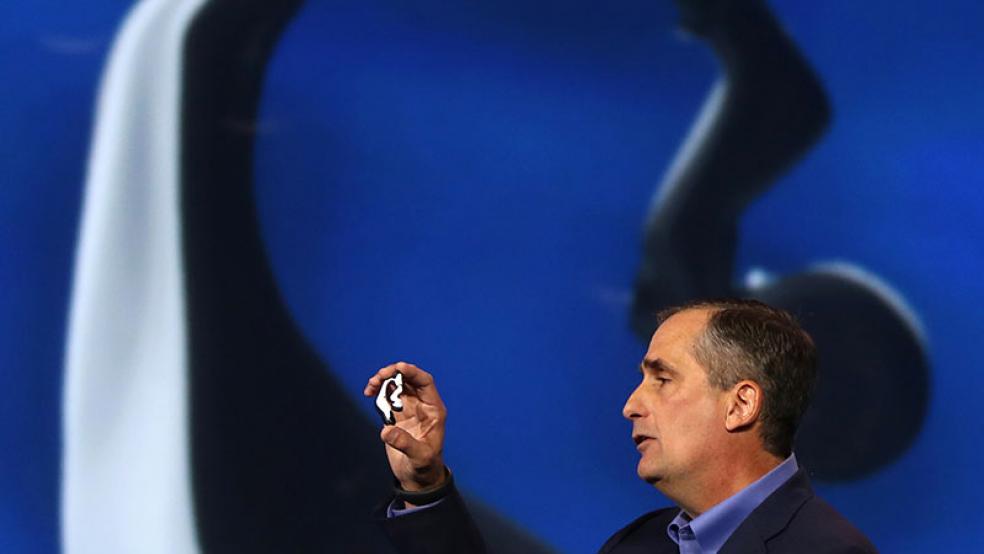Forget smartwatches and the Google Glass - 2015 may be the year of the ear for wearable technology.
"There's some interesting information you can capture through the ear. We've been looking at things like wrist wearables, but the ear can capture things like oxygen levels, electrocardiograms, and body temperature," Craig Stires, associate vice president for big data, analytics and software at IDC Asia Pacific, told CNBC last week.
Hearable technology alone will be a $5 billion market by 2018 - that's roughly the same size of the entire wearables industry presently - according to Nick Hunn, founder and chief technology officer of U.K. firm Wifore Consulting.
Related: How Apple Won Christmas 2014 and the Year in Mobile
Proponents of the wearable tech phenomenon attribute its popularity to successful integration into the flow of daily life, creating a "synced lifestyle," research firm PSFK said in its 'Future of Wearable Tech' report this year. This logic has seen the domain of wearable tech mostly fall on body parts with the most obvious link to fashion, such as the wrist, eyes and feet, seen through smartwatches developed by Apple and Samsung and navigation-equipped smart shoes like India-based Ducere's Lechal model.
However, brands may be overlooking one key fact, Hunn said.
"Sound drives the bulk of our technology use and earbuds are the only piece of wearable tech to have gained ubiquity and social acceptance. These devices are about to undergo a revolution in capability, getting rid of their cables and giving them the opportunity to be the standard bearer for wearable technology," he wrote in a report earlier this year.
One key advantage hearables have over other wearable peers is their discretion. Ear devices can be small in nature, thus giving its users greater discretion, as opposed to bulky smartwatches or the unavoidable Google Glass.
Related: Tech Firms Vie for $12B Blood Sugar Tracking Market
For now, hearables look set to follow the fitness trend seen in the wider wearables market. Fitness wearables are forecast to reach 68.1 million units in 2015 and 91.3 million in 2016, according to statistics from Gartner.
German firm Bragi introduced the world's first wireless smart in-ear headphones that play music and gives you feedback on exercise sessions.
CEO Nikolaj Hviid told CNBC back in June that the product was essentially a self-contained system.
"It's a really small computer that sits in your ear. It will entertain you and advise you what to do better, and exercise right. It senses your movements, heart rate, blood flow, blood pressure and respiration rate. It takes all that data, processes it and gives you feedback via voice," he said.
Related: Now Even Your Bra Could Be Hacked
IDC's Stires believes Apple could be a leading player in the hearable sector: "With Apple's $3.2 billion acquisition of Beats, I think we're going to see Apple release some pretty interesting audible next year."
Not too long after rumors of Apple's deal surfaced in May, Intel teamed up with famed U.S. rapper 50 Cent in August to develop smart earbuds that track a listener's health metrics while playing music.
Hearables won't be limited to just earphones however. Earlier this year, Canadian start-up BioSensive Technologies introduced a 'smart earring' able to monitor an individual's heart rate and health activity.
This article originally appeared in CNBC.
Read more at CNBC:
Petrobras bondholders to push for default
What might get spun out in tech next year
Hey, big spender: Luxe buyer not who you may think




